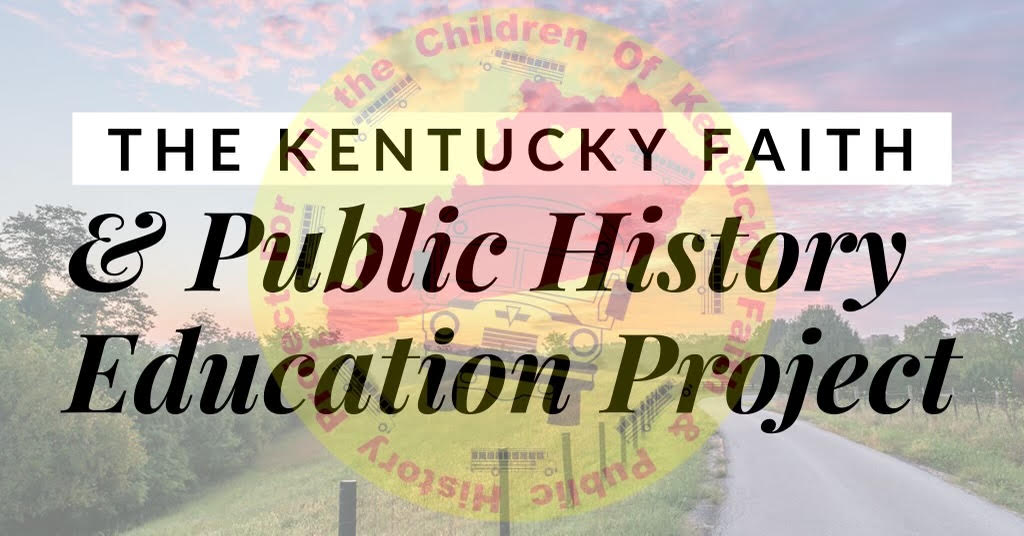Many of Kentucky’s famous Christians were entrepreneurs and
innovators. This means that they were the first to recognized opportunities for breaking new ground in their field. They also had the persistence to develop the
resources and to involve a network of collaborators that could make their ideas
manifest outside of their own heads and imaginations. The ability to recognize
entrepreneurial opportunities and then to take action to bring the ideas into
being is the core definition of entrepreneurial competence and ability[1].
The goal of entrepreneurship education is to “foster creative skills that can
be applied in practices, education and environments supporting innovation”[2].
The most important skill for an entrepreneur is the ability to recognize new
opportunities for innovation. By exposing your students to the stories of past
entrepreneurs, you can introduce them to this skill. Take the story of Harry
Clark Karsner as an example. Share it with your students. Then ask them to
think and discuss how Karsner first saw new opportunities and, subsequently, took
advantage of them.
Harry Clark Karsner
grew up on a farm in Owen County, Kentucky. He graduated from high school in
the early 1930’s. He did something very few people had done at that time. He
took flying lessons. He loved flying. He became a flight instructor. During
World War Two, he taught military pilots. After the war, he turned part of his
farm into an airfield. He continued teaching people to fly. He also decided to
use his plane to share the Christian message from the sky. He had to figure out how to build a way to broadcast sermons and songs from his plane.
He had to collaborate with a preacher and a singer. Many afternoons, in good
weather, he flew his plane over southern Ohio and northern Kentucky. People on
the ground reported hearing the message and responding to God because of it.
Karsner mounted a giant neon sign on the side of his hangar so that it was
visible from Highway 127. It said, “Christ is the Answer”. The hangar has been
torn down, but the sign has been preserved along with a historic marker that
tells Karsner’s story. He went on to become the Kentucky Aeronautics
Commissioner. He also served on the Owen County school board.
Entrepreneurship education begins with observation. Your student is being an observer by noticing and discussing how Karsner displayed the traits of an entrepreneur and an innovator. It progresses “from observation to participation”[3]. You can assist your students to move towards participation in entrepreneurship by extending the discussion of Harry Karsner and making it personal. Use a Venn Diagram (see https://www.theschoolrun.com/what-venn-diagram). Draw two intersecting circles. Label one circle “Harry Karsner”. Label the other circle with your student’s name. Fill in the circle for Karsner with the ways he saw and took advantage of opportunities to do things that most people had never even thought of doing. In the circle with your student’s name, write how they have done creative things that came from their own imagination or thoughts. In the space where the two circles intersect, write a list of qualities the student shares with Karsner. Then, challenge your student to act on an idea they have. It may mean they need to earn some money to buy needed materials. It may mean they need to do research online. They may need to involve other people as advisors or helpers.
This is an activity that can be repeated whenever your
curriculum involves an innovative entrepreneur. It will build your student’s
ability to recognize entrepreneurial opportunities. It will help them to
develop the skills and disciplines needed to respond creatively when an entrepreneurial opportunity occurs. Perhaps it will lead them to the passion and purpose for which they have
been born.
© 2021 By Lesley Barker

